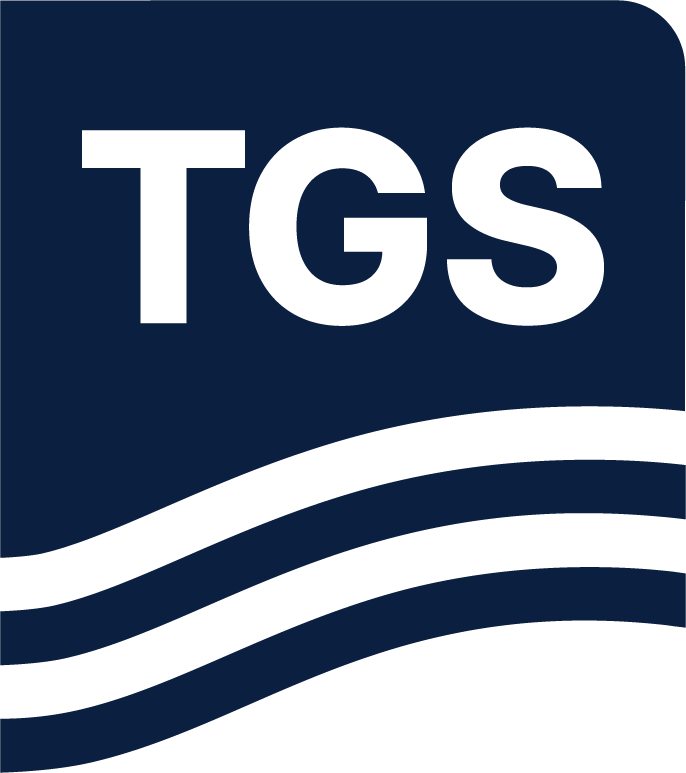Derisking Injectites and Revealing Near Field Potential
GeoStreamer data is resolving potential super producers in the North Sea. Derisking these thin injectite bodies is possible with reliable lithology and fluid properties.

The Location
Location
Viking Graben, North Sea
Survey
Merged and reprocessed
Survey Type
3D GeoStreamer
Configuration
Various
Survey Size
18 000 sq. km
Water depth
125 m
GeoStreamer PURE Viking Graben offers ~18 000 sq. km of 100% broadband GeoStreamer depth data and provides the structural overview and reservoir details you need to unlock new leads and opportunities in this region. Shown with the orange outline alongside adjacent TGS data library coverage in the area.

The Challenge
The Challenge
Thin sand bodies called injectites are abundant in the area and have extremely high porosity and permeability making them potential targets with very high production rates. The challenge is that injectites are thin, difficult to resolve and require detailed prestack broadband GeoStreamer processing and characterization.
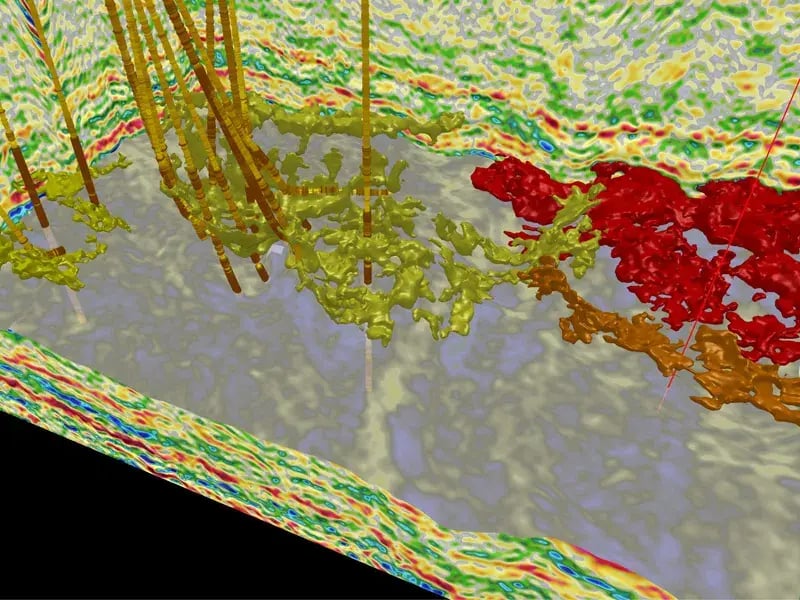

The Solution
Data
GeoStreamer PURE
Velocity Model Building
FWI and hyperTomo
Migration
Q-Kirchhoff prestack depth
Well ties
Pre-stack
Rock physics
Regional
QI
Seismic driven inversion (no well information)
Recently reprocessed broadband GeoStreamer data contains both high and low frequencies to resolve thin sand bodies (injectites), reduce sidelobe artifacts, and allow accurate reflector picking. A regional rock physics approach using well data from fields and discoveries provides information on the elastic properties of reservoir lithology and fluid content. The prestack GeoStreamer data shows good correlation with the rock physics analysis and provides reliable estimations of rock and fluid properties away from the wells. Proving therefore that GeoStreamer data help derisk the interpretation and evaluation of these sand bodies.
Volund Successful Well
Excellent Well-To-Seismic Tie
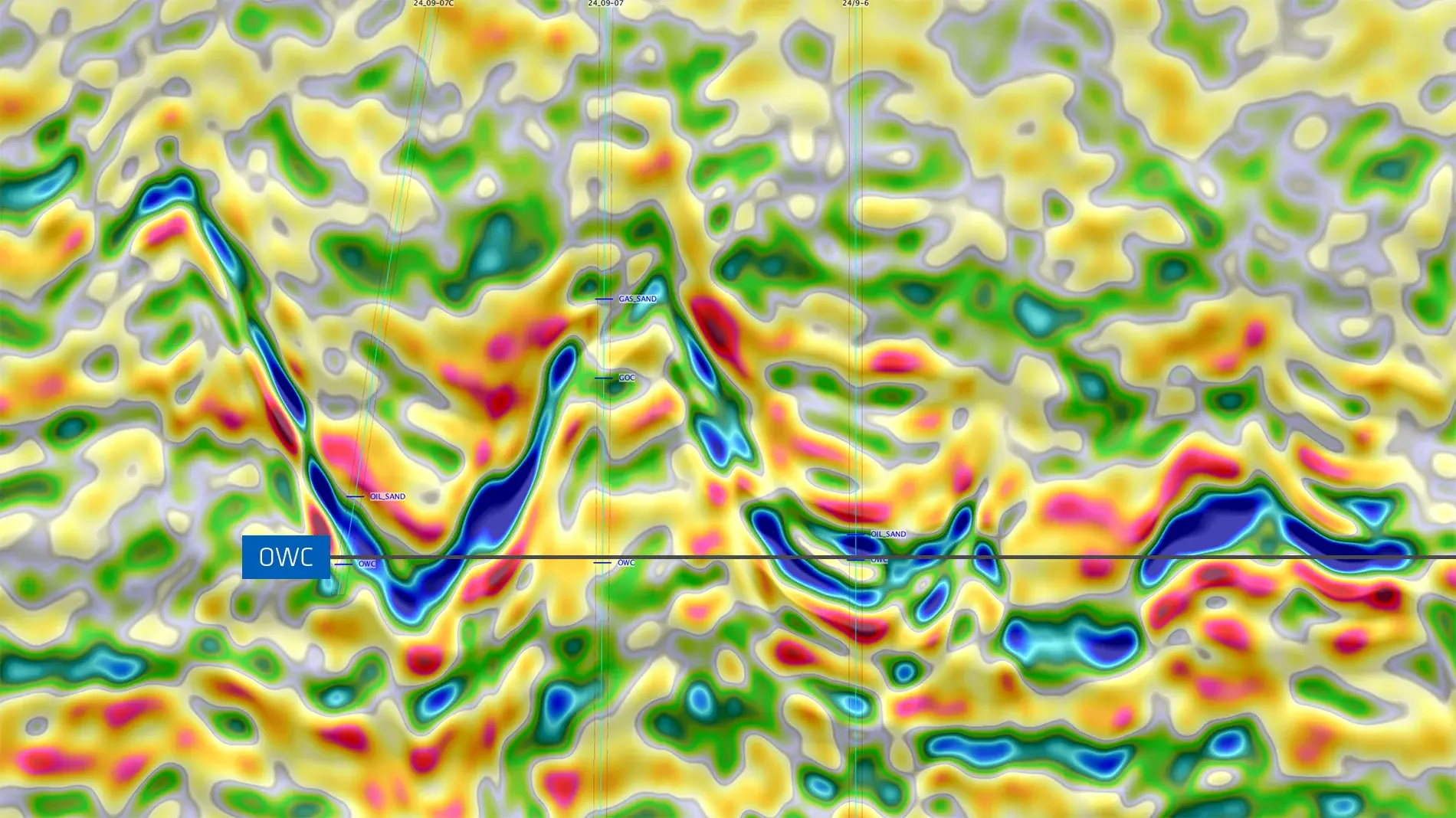
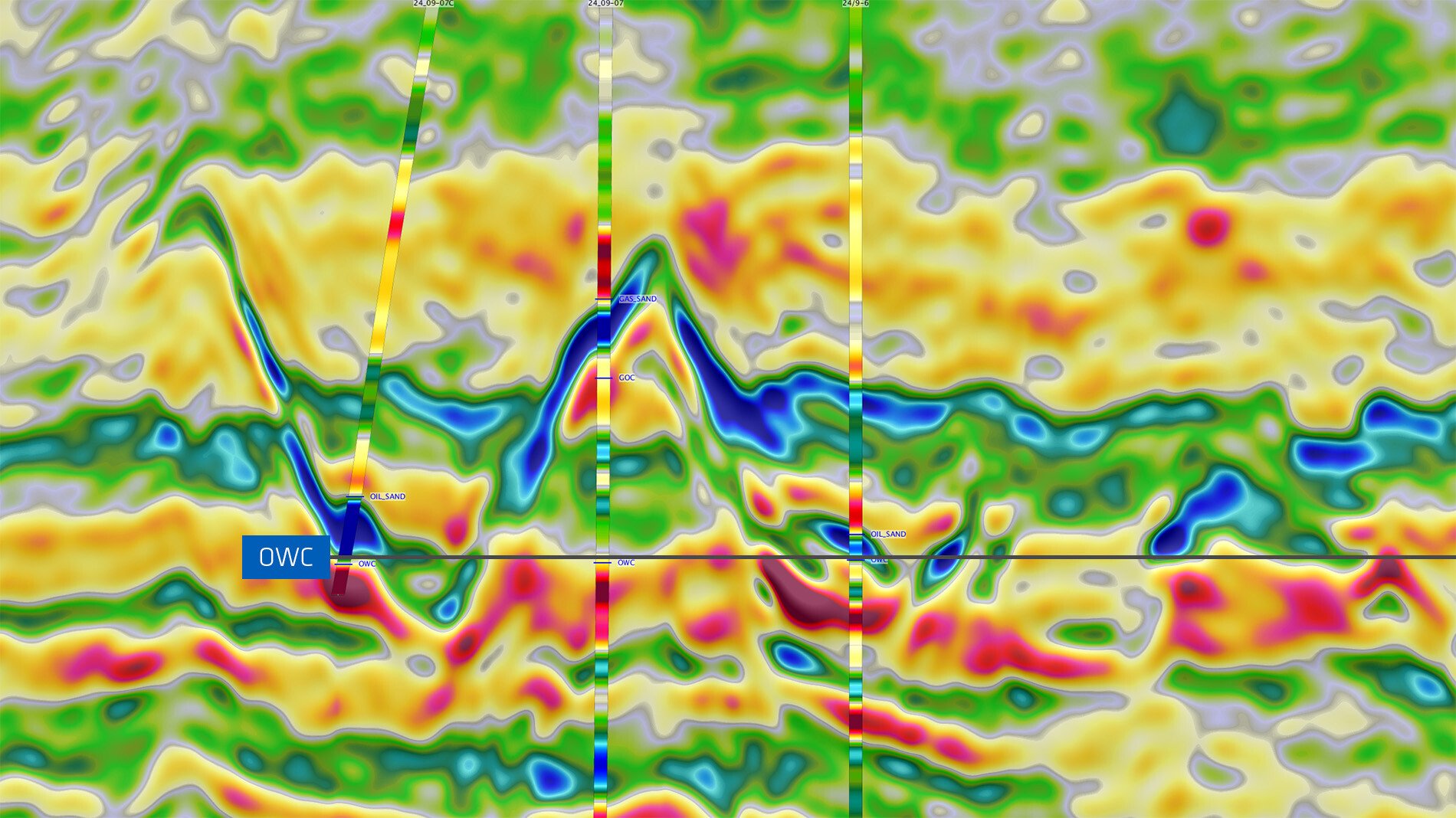
Right side: relative acoustic impedance results indicate what kind of fluid might be present. In zones with low Vp/Vs low acoustic impedance (blue) shows hydrocarbon potential. At the well location, the impedance log is displayed in the seismic frequency bandwidth.

The Results
Detailed Analysis Can Unlock Nearfield Potential
Previously unresolved injectites have been uncovered with merged and reprocessed GeoStreamer data over this large area. Good correlation is observed between GeoStreamer-derived elastic properties and well-log attributes. This type of detailed analysis can unlock nearfield potential, resulting in new fields, like Frosk.
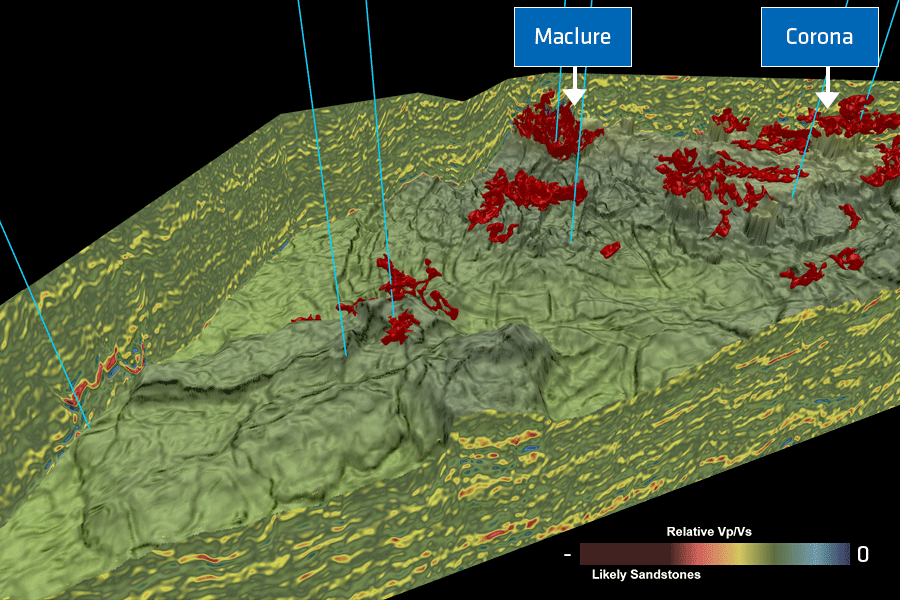
Speak to Our Experts
Get in touch with a TGS representative today to book your demo and learn more about how TGS solutions can support your energy needs.
